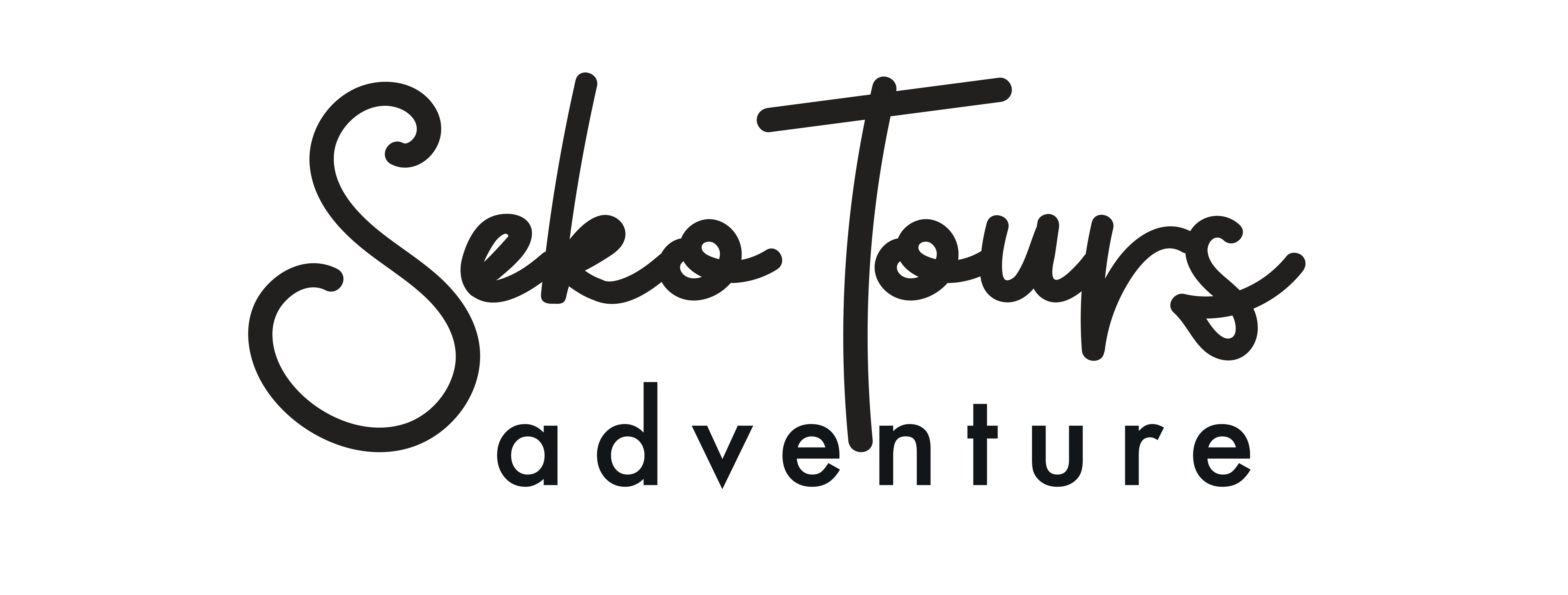Climbing Mount Kilimanjaro
Updated 2025
Climbing Mount Kilimanjaro: Your Complete Guide to Africa’s Highest Peak
Climbing Mount Kilimanjaro is a dream adventure for trekkers from all over the world. Located in Tanzania, this iconic peak is the tallest mountain in Africa, standing at an impressive 5,895 meters (19,341 feet). Known as the “Roof of Africa,” Kilimanjaro offers an extraordinary journey through diverse landscapes, from lush rainforests to arctic conditions at the summit. Whether you’re an experienced hiker or a first-time trekker, Kilimanjaro has something unique to offer.
In this guide, we’ll cover everything you need to know about climbing Mount Kilimanjaro—routes, costs, preparation, and more—so you can confidently plan your trek.
About Mount Kilimanjaro
Mount Kilimanjaro is a dormant volcano with three volcanic cones: Kibo, Mawenzi, and Shira. Located in northeastern Tanzania, near the border with Kenya, it is part of the Kilimanjaro National Park, a UNESCO World Heritage Site.
Geography and Climate Zones
The climb takes you through five distinct ecological zones:
- Cultivation Zone: Lush farmlands at the mountain’s base.
- Rainforest Zone: Dense tropical forest teeming with wildlife.
- Heath and Moorland Zone: Open grasslands with striking views.
- Alpine Desert Zone: Barren terrain with extreme temperatures.
- Arctic Summit Zone: Ice and snow at the breathtaking Uhuru Peak.












Top Mount Kilimanjaro Packages in 2025
Our Most Popular & Best Mount Kilimanjaro Packages
At Seko Tours Adventures, we offer a range of Mount Kilimanjaro climbing packages designed to suit every adventurer’s needs. Whether you’re a budget traveler or looking for a luxurious experience, we’ve got you covered. Below are our most popular packages:
7 Days Kilimanjaro Lemosho Route
- Scenic 7-Day Trek via Lemosho Route to Africa’s Roof
Starting From
On Request
Per Person On Twin Sharing
8 Days Climbing Kilimanjaro – Lemosho Route
- 8-Day Kilimanjaro Adventure on the Scenic Lemosho Route
Starting From
On Request
Per Person On Twin Sharing
7-Day Machame Route Guide
- Scenic 7-Day Trek via Machame Route to Africa’s Roof
Starting From
On Request
Per Person On Twin Sharing
8-Day and 7-Day Options Lemosho Route
- 8-Day Kilimanjaro Adventure on the Scenic Lemosho Route
Starting From
On Request
Per Person On Twin Sharing
5-Day Marangu Route Itinerary
- Popular and scenic | Great for most hikers
Starting From
On Request
Per Person On Twin Sharing
6-Day Marangu Itinerary
- Popular and scenic | Great for most hikers
Starting From
On Request
Per Person On Twin Sharing
Calculate Your Success Rate for Reaching Kilimanjaro's Summit
Your Kilimanjaro Summit Assessment
Your Details:
- Age: years
- Height: cm ()
- Weight: kg
- BMI: ()
- Selected Route:
- Trek Duration: days
- Acclimatization Days:
- Fitness Level:
- Mountain Experience:
- Recent High Altitude Experience:
Routes to Climb Mount Kilimanjaro
Choosing the right route is crucial for your success and experience. Here’s a breakdown of the main routes:
Duration: 6–7 days
Difficulty: Challenging
Features: Nicknamed the “Whiskey Route,” this is the most scenic and popular route, offering great acclimatization
Duration: 7–8 days
Difficulty: Moderate to difficult
Features: A remote and beautiful route with high success rates, ideal for those who want a quieter trek
Duration: 6–7 days
Difficulty: Moderate
Features: The only route approaching from the north, it’s less crowded and offers a different perspective of the mountain.
Duration: 8–9 days
Difficulty: Moderate to difficult
Features: The longest route, offering excellent acclimatization and the best chance of success
Duration: 5–6 days
Difficulty: Very difficult
Features: The steepest and most direct route, suitable for experienced climbers.
Best Time to Climb Mount Kilimanjaro
Mount Kilimanjaro is accessible throughout the year, but the conditions on the mountain vary significantly depending on the season. Knowing when to climb can make a big difference in your overall experience. The year is divided into two main climbing seasons that are influenced by Tanzania’s weather patterns:
January to March: The Cooler and Quieter Season
Weather
This period marks the beginning of the year and offers relatively clear skies and cooler temperatures. There may be occasional light rains at lower elevations, but the weather is generally stable. Temperatures can drop significantly as you ascend, especially at night, making it feel colder than later in the year.
Advantages
- Fewer crowds on popular routes like Machame and Marangu, providing a more peaceful trekking experience.
- Excellent visibility, especially in the mornings, making it great for photography.
- Cooler temperatures reduce the risk of overheating during the trek.
Disadvantages
- Nights and summit temperatures can be colder compared to other seasons, requiring extra warm gear.
- The potential for some drizzle at lower elevations.
June to October: The Warm and Popular Season
Weather
This is the dry season, coinciding with summer in the Northern Hemisphere. These months offer the most consistent weather for trekking. Days are warm, and nights are cold, but the overall conditions are comfortable for most climbers.
Advantages
- The dry weather ensures better trekking conditions, with less mud and slippery paths.
- The popularity of this season means most trekking companies are fully operational, offering a wide range of services.
- June to October is also peak safari season in Tanzania, making it easy to combine your Kilimanjaro climb with a safari.
Disadvantages
- Higher traffic on popular routes due to increased demand. Expect larger groups and busier campsites.
- Premium prices for trekking packages as this is the peak travel season in Tanzania.
Off-Season Climbing: April, May, and November
The off-season months are considered the rainy periods in Tanzania. Climbing during this time can be challenging but not impossible.
Weather
Heavy rains dominate April and May, especially on the southern slopes of Kilimanjaro. November is the short rainy season, which is less intense but still brings unpredictable showers.
Advantages
- Significantly fewer climbers, offering a private and quiet experience.
- Lower prices for tours and accommodations.
- Unique scenery as the rain brings lush greenery to the mountain slopes.
Disadvantages
- Slippery trails and muddy conditions can make trekking harder.
- Limited visibility due to heavy cloud cover, especially in the rainforest zone.
- Camping equipment may get wet if not properly waterproofed.
Key Factors to Consider When Choosing Your Climbing Time
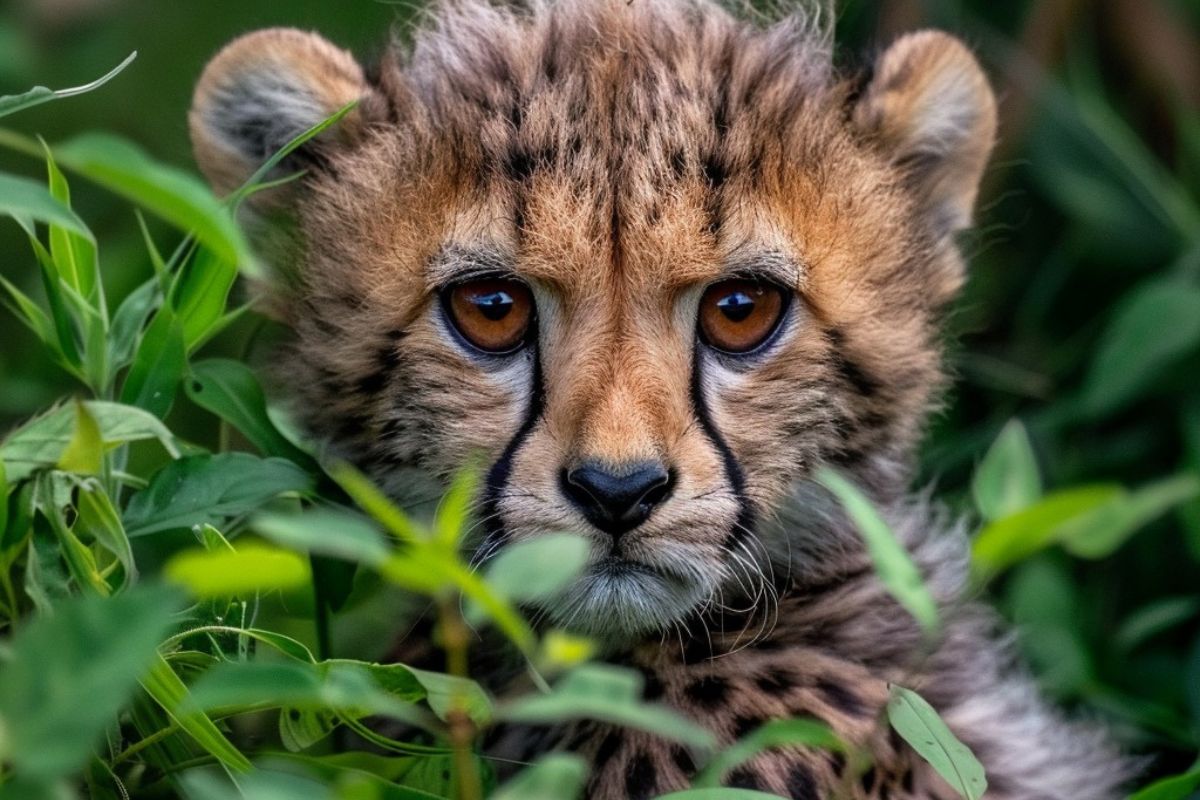
Weather Preferences
If you prefer dry, warm conditions, opt for June to October. For cooler weather and fewer crowds, January to March is ideal.
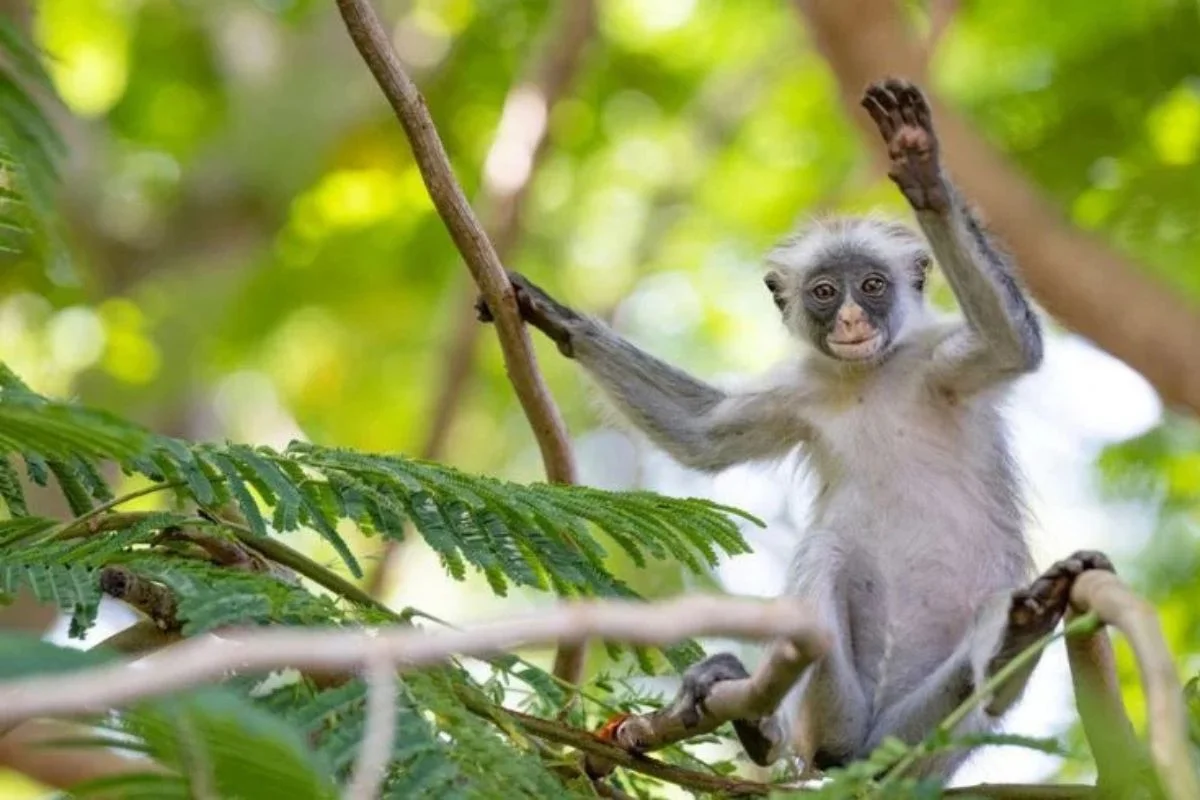
Crowds
If solitude is a priority, avoid peak months like July, August, and September. Instead, aim for January, February, or early March.
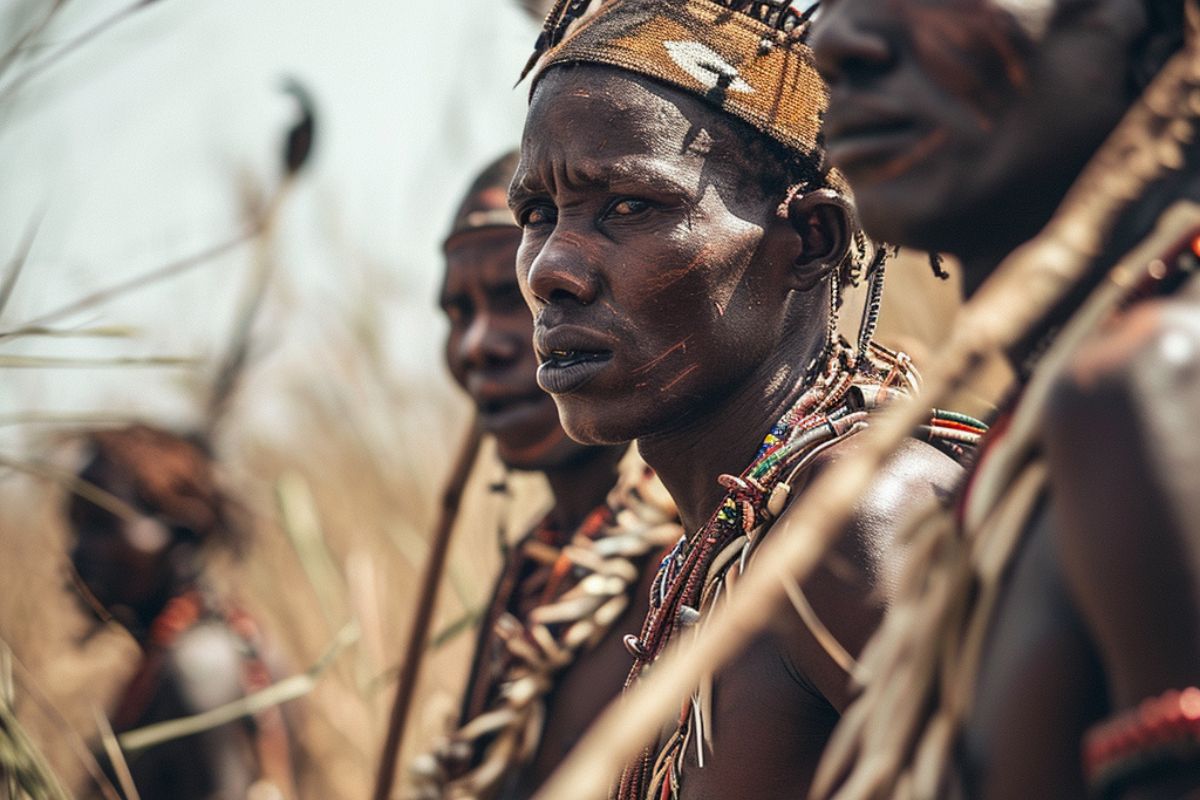
Costs
Off-season months (April, May, and November) often come with discounts, but the weather may be less favorable.
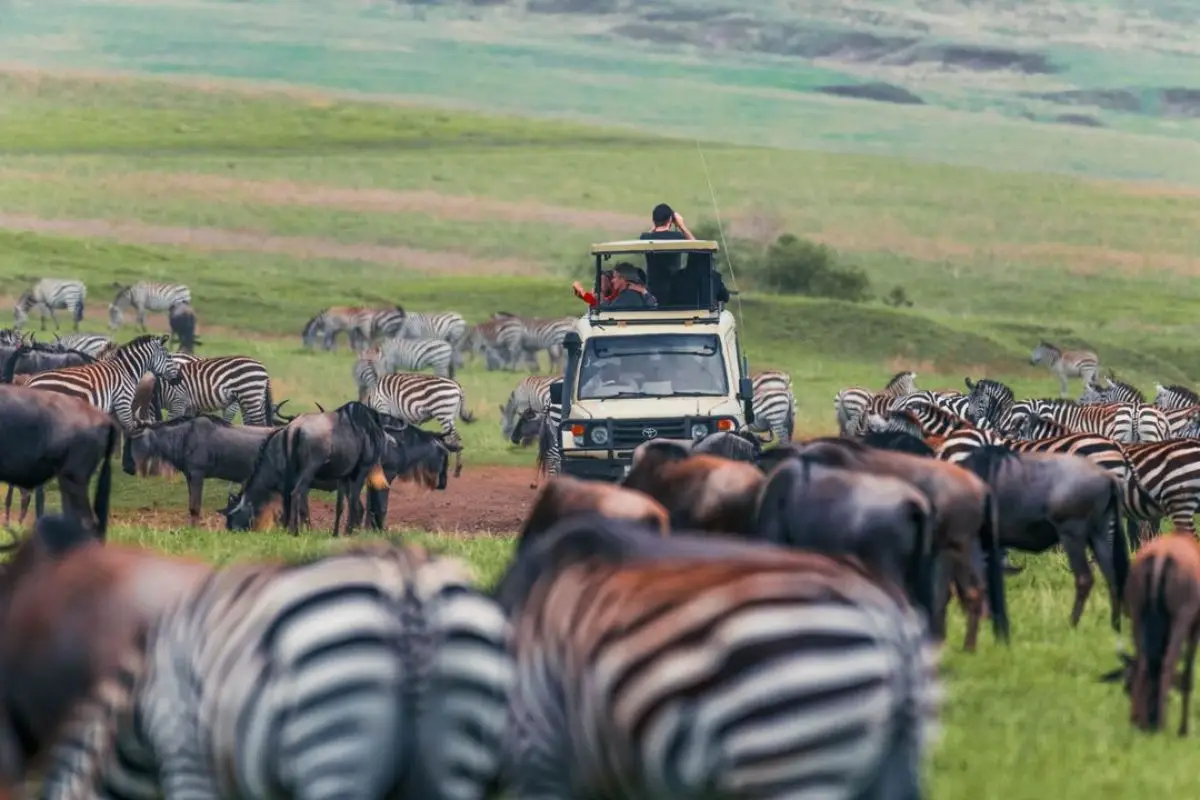
Physical Fitness
Steeper and slippery trails during the rainy season require more endurance and careful preparation.
Preparing for Your Climb: A Step-by-Step Guide
Climbing Mount Kilimanjaro is a life-changing adventure, but it requires careful planning and preparation to ensure success and safety. From physical fitness to packing the right gear, every step you take before the climb will contribute to a memorable and rewarding experience. Below is a detailed guide to help you prepare.
c. Practice Hiking
Simulate the conditions of Kilimanjaro by:
- Taking long hikes with a loaded backpack (8-10 kg).
- Practicing on uneven or rocky terrain to improve balance and endurance.
- Gradually increasing the duration and difficulty of your hikes.
b. Strength Training
Your legs will carry you up the mountain, so strengthen them through:
- Squats and lunges for powerful leg muscles.
- Core exercises like planks to improve stability on uneven trails.
- Step-ups or stair climbing to mimic the uphill journey.
While you don’t need to be a professional athlete to climb Mount Kilimanjaro, improving your stamina, strength, and endurance is essential. Here’s how to get fit for the challenge:
a. Cardio Exercises
Cardio improves your heart and lung capacity, which is critical at high altitudes where oxygen levels are low. Focus on:
- Running or jogging 3-5 times per week.
- Cycling to build leg strength and endurance.
- Swimming to enhance overall lung capacity.
Packing properly can mean the difference between a comfortable trek and a miserable experience. Here’s a detailed checklist:
a. Clothing
Layering is key to adapting to the changing climates on Kilimanjaro.
- Base Layers: Moisture-wicking thermal shirts and leggings.
- Mid Layers: Fleece jackets for warmth.
- Outer Layers: Waterproof and windproof jackets and pants.
- Accessories: Insulated gloves, a warm hat, and a buff or scarf.
- Trekking Clothes: Quick-dry shirts, hiking pants, and durable socks
b. Footwear
- Waterproof hiking boots with ankle support.
- Camp shoes for evenings
c. Gear and Equipment
- Backpack: A 20-30L daypack for essentials.
- Sleeping Bag: Rated for -10°C to -15°C.
- Trekking Poles: For stability on steep sections.
- Headlamp: With extra batteries for summit night.
- Water Bottles or Hydration System: To stay hydrated on the go
d. Essentials
- High-SPF sunscreen and lip balm.
- Sunglasses with UV protection.
- Snacks like energy bars and nuts.
- Personal medication, including altitude sickness pills (consult your doctor).
The higher you climb, the thinner the air becomes. Proper acclimatization is crucial to avoid altitude sickness and reach the summit successfully. Here’s what you need to do:
a. Choose a Longer Route
Routes like Lemosho or Northern Circuit provide extra days to adjust to the altitude, increasing your chances of reaching the summit.
b. Climb Slowly
The Swahili phrase “Pole Pole” (slowly, slowly) is a mantra on Kilimanjaro. Moving at a steady pace allows your body to adapt to the reduced oxygen levels.
c. Stay Hydrated
Drink at least 3-4 liters of water daily to help your body cope with altitude. Use hydration salts or flavored powders if plain water becomes unappealing.
d. Listen to Your Body
Headaches, nausea, or dizziness can be signs of altitude sickness. Inform your guide immediately if symptoms persist.
e. Take Rest Days
On multi-day routes, rest stops help your body recover and acclimatize better.
Having a skilled and experienced team on Kilimanjaro is not just a recommendation—it’s mandatory for safety.
a. The Role of Guides
- Licensed guides are trained in first aid and have extensive knowledge of the mountain’s routes and weather conditions.
- They monitor your health throughout the trek and adjust the pace or route if needed.
b. The Role of Porters
Porters carry your heavy gear, such as tents and food supplies, allowing you to focus on climbing. They also help set up camps and prepare meals.
c. Why Choose a Reputable Operator?
- Ethical tour operators ensure porters are paid fairly and treated well.
- Guides from reputable companies enhance your chances of a safe and successful summit.
Climbing Kilimanjaro is as much a mental challenge as a physical one. Here’s how to prepare mentally:
- Set Realistic Expectations: Understand that the climb is tough but achievable with determination.
- Stay Positive: Focus on each step rather than the entire journey.
- Team Spirit: Encourage your group members and lean on them for motivation.
Bonus Tips for a Successful Climb
- Eat well on the mountain to keep your energy levels high. Carbohydrate-rich meals are common.
- Keep your feet dry by changing socks regularly to avoid blisters.
- Pack extra batteries for your electronics as cold temperatures can drain them quickly
With proper preparation, climbing Mount Kilimanjaro becomes a manageable and deeply rewarding experience. At Seko Tours Adventures, we provide expert guidance, premium equipment, and the best support teams to ensure your climb is both safe and unforgettable.
Ready to climb? Contact us today for a customized Kilimanjaro trekking package!
Month-by-Month Overview
- January–February: Cold but clear, fewer crowds. Great for those who don’t mind the chill.
- March: Transition to the rainy season. Still manageable but wetter trails.
- April–May: Heavy rains; only recommended for experienced trekkers.
- June–August: Peak season with dry, warm weather. Trails are busier.
- September–October: Excellent conditions with fewer crowds than August.
- November: Short rains; unpredictable but quieter trails.
- December: Transition to dry season; good weather returns toward the end of the month.
| Month | Weather | Crowds | Ideal For |
|---|---|---|---|
| January | Clear and cold | Low to medium | Quiet climbs with stunning views |
| February | Clear and slightly warmer | Medium | Good weather and less crowded trails |
| March | Transition to rainy season | Low | Quiet but wetter trails |
| April | Heavy rains | Very low | Budget trekkers and experienced hikers |
| May | Heavy rains | Very low | Quiet climbs; slippery trails |
| June | Dry and warm | Medium | Start of the high season |
| July | Dry and warm | High | Popular routes are very busy |
| August | Dry and warm | Very high | Peak climbing season |
| September | Dry and warm | High | Great weather with fewer crowds |
| October | Dry and warm | Medium | Excellent conditions and quieter routes |
| November | Short rains | Very low | Budget climbers; unpredictable weather |
| December | Transition to dry season | Low to medium | Great weather toward the end of the month |
- Our Recommendation
For the best balance between weather, crowd levels, and costs, we recommend climbing in January-February or September-October. These months provide good conditions without the intense crowds of peak season.
Rise Above Africa
Climb Kilimanjaro.
Picture yourself standing at the very top of Mount Kilimanjaro, the highest point in Africa. The crisp, cool air fills your lungs as the sun rises, painting the sky with shades of gold, pink, and orange. Below you, the clouds stretch endlessly, like a sea of cotton, and the vast landscapes of Tanzania unfold in every direction. This is not just a climb; it’s a moment of pure triumph and wonder. You’ve reached the “Roof of Africa,” where the world feels quiet, breathtaking, and truly magical.
Costs of Climbing Mount Kilimanjaro
The cost of climbing Mount Kilimanjaro can range between $2,000 and $4,000 per person, depending on the route, duration, and tour operator. Here’s a detailed breakdown of the main expenses:
Park Fees
Park fees are one of the most significant expenses, as Kilimanjaro is a UNESCO World Heritage Site.
- Conservation Fees: $70 per day.
- Camping or Hut Fees: $50–$60 per night, depending on the route.
- Summit Fee: $50 for reaching Uhuru Peak.
Estimated Total: Around $1,000 for a 7-day trek
Guide and Porter Fees
The Tanzanian government mandates that climbers be accompanied by licensed guides and porters to ensure safety and ethical treatment of local workers.
- Guide Fees: $20–$30 per day per guide.
- Porter Fees: $10–$15 per day per porter (2-3 porters are usually required per climber).
- Cook Fees: $15–$20 per day for cooks who prepare meals on the trek.
Estimated Total: Around $800–$1,200 for the entire trek.
Equipment Rentals
If you don’t own high-altitude trekking gear, you’ll need to rent:
- Sleeping bags, jackets, and boots: $100–$200 for the full trek.
- Trekking poles, backpacks, and gloves: Additional $20–$50.
Tip: Always rent from a reputable outfitter to ensure the gear is clean and functional.
Tipping
Tipping is a customary and important part of Kilimanjaro climbs, as guides and porters rely on tips as part of their income.
- Budget $250–$300 per climber for the entire team (split among guides, porters, and cooks).
- Tips are pooled and distributed equally to ensure fairness.
Challenges and Safety
Climbing Kilimanjaro is not a technical climb, but it comes with its share of challenges. Proper preparation and a reliable support team can help you overcome them.
Altitude Sickness
The biggest challenge on Kilimanjaro is the altitude. The oxygen levels decrease as you ascend, causing symptoms such as:
- Headaches
- Nausea and vomiting
- Shortness of breath
- Loss of appetite
How to Stay Safe:
- Gradual Ascent: Choose a longer route like Lemosho or Rongai to give your body time to acclimatize.
- Hydration: Drink at least 3-4 liters of water daily.
- Medication: Take altitude sickness tablets like Diamox (consult your doctor before use).
- Monitoring: Guides carry oxygen tanks and pulse oximeters to monitor your health. If symptoms worsen, descend immediately.
Weather Conditions
Kilimanjaro has five distinct climate zones, from tropical forests at the base to arctic-like conditions at the summit.
- Base: Hot and humid (20–30°C).
- Summit: Freezing temperatures, often dropping to -10°C or lower at night.
How to Stay Safe:
- Pack appropriately with layered clothing for various conditions.
- Protect against UV exposure with sunglasses and sunscreen
Physical Exhaustion
The summit night is especially challenging, requiring 6–8 hours of climbing in the dark on steep, rocky terrain.
- Pace yourself and rest frequently.
- Fuel your body with high-energy snacks like nuts and chocolate
Ethical Climbing Practices
Seko Tours is committed to ethical climbing practices:
- Fair Treatment: We are members of the Kilimanjaro Porters Assistance Project (KPAP), ensuring our porters are well-paid and equipped.
- Community Impact: Your climb supports local families and communities.
Feature Travel Tips
See Our Basic Tanzania Travel Info
Frequently Asked Questions about the Mt Kilimanjaro
Mount Kilimanjaro National Park is in northern Tanzania, East Africa. It is just three degrees south of the equator. While some of the most iconic panoramic shots of Mt. Kilimanjaro have been captured from the Kenyan side, all trailheads lie in Tanzania. Therefore, tourists can only climb Mt Kilimanjaro in Tanzania. The closest airport is Kilimanjaro International Airport.
Many Kilimanjaro expeditions begin in Moshi, the capital of the same region
Late December to early March and mid-June to late October are the best times for a Kilimanjaro climb. This is when the Kilimanjaro weather is nearly ideal.
Although other months have rain, it doesn’t mean there are constant heavy showers. Typically, rains begin in the latter half of the day. This allows trekkers a significant window of clear weather every day during the rainy season. There are also days without any rain. Seko Tours offers discounted climbs during the wet season.
You may read more about the seasons of Kilimanjaro.
Uhuru Peak, the summit of Mount Kilimanjaro, stands tall at 5,895 meters (19,341 feet). Yet, this doesn’t mean you’ll be starting your climb from the very base. Most hotels near Kilimanjaro are at an altitude of 700-1,000 meters above sea level. The trailheads begin at elevations of 1,600 meters and above.
Due to its altitude, Mt Kilimanjaro is among the few places in East Africa to see snow. The snow-capped peak of Kilimanjaro is truly a sight to behold!
We believe that after seeing it, Ernest Hemingway decided to name his famous story “The Snows of Kilimanjaro.” The title refers to the distant peak of Mount Kilimanjaro. It represents the unattainable, and the purity of idealist motives. In the story’s conclusion, the protagonist dreams of being taken to the summit of Kilimanjaro, symbolizing redemption.
The time it takes to climb Kilimanjaro depends on the route chosen. Most expeditions last 6 to 8 days. An experienced hiker with prior acclimatization usually climbs Kilimanjaro through an accelerated 5-day program. If you stay overnight in the crater, Kilimanjaro climbs can take 9 days or longer.
Among the Seven Summits, the Kilimanjaro trek is one of the shortest. For example, climbing Mount Everest takes 6-9 weeks, Denali and Aconcagua- 2-3 weeks. Kilimanjaro takes about one week only.
Yes, all climbers must have a permit issued by Kilimanjaro National Park authorities. The permit is included when booking a trek with a licensed tour operator. Independent climbing is not allowed, and all trekkers must be accompanied by registered guides and porters.
The time needed to reach the summit depends on the route chosen. The most common durations are:
- 5–6 days (Marangu & Umbwe routes) – Faster but with a lower success rate due to limited acclimatization.
- 6–7 days (Machame & Rongai routes) – More balanced, with better acclimatization.
- 7–9 days (Lemosho & Northern Circuit routes) – Best for success rates due to gradual altitude gain.
A longer climb increases the chance of success by allowing the body to adjust to the altitude.
There are seven main trekking routes:
- Marangu Route – Known as the "Coca-Cola" route, it is the only one with hut accommodations.
- Machame Route – Popular and scenic but steeper than other routes.
- Lemosho Route – A longer, gradual climb with high success rates.
- Rongai Route – Approaches from the north and is less crowded.
- Shira Route – Similar to Lemosho but starts at a higher altitude.
- Northern Circuit Route – The longest and most scenic route with the best acclimatization.
- Umbwe Route – The steepest and most challenging, suitable for experienced climbers.
The best months to climb are during the dry seasons:
- January to mid-March – Warmer with clear skies.
- June to October – Dry, but colder at night.
The rainy seasons (April–May and November) make the climb more challenging due to muddy trails and poor visibility.
As of 2023, a comfortable and safe 7-day group climb costs about $2500-2700. A shorter 5-6-day adventure or a season-discounted trip comes at $2000-2300. This amount includes the park entrance fees, which make up about 40% of the total trip cost.
Any trekking companies offering below this amount should warrant caution. You may get low-quality guides and bad equipment. Such trips often lack medical kits and oxygen tanks, putting your safety at risk.
Also, low prices always correlate with the mistreatment of porters. None of those operators is a member of the KPAP. The crews of budget operators are often underpaid and poorly fed, putting their and hikers’ safety at risk.
Climbing Kilimanjaro is subject to the regulations of the Kilimanjaro National Park. The official rules dictate that a local guide must accompany all hikers. Rangers at the park will not permit entry to anyone without a professional Kilimanjaro guide.
Also, venturing up to the Roof of Africa solo involves certain risks. During the summit night in the peak zone, one may succumb to altitude sickness or get injured. If needed, the guides will assist with evacuations and other emergencies.
Finally, climbing Kilimanjaro is more than merely a physical challenge. You’ll go on a rich cultural journey with your guides. You will learn about Kilimanjaro’s plants, animals, and history. The guides will also share vibrant stories of the communities living in its shadow.
Anyone planning to climb Kilimanjaro should keep the park entrance fees in mind. As of today, they come at $140 per day per hiker. This amount includes several types of fees:
- ‘Conservation fees’ are for staying in the National Park and enjoying its nature.
‘Camping fees’, or ‘hut fees’ on the Marangu route. – The fees for pitching the tents or sleeping in the Marangu wooden cabins in the park.
‘Crew fees’ – there is a small charge for each crew member entering the National Park to support you on the trek.
‘Rescue fee’ – this is a sort of mandatory ‘insurance’ payment. The hikers pay it to use the Kilimanjaro rescue cars. Please keep in mind that this is not a substitute for a real insurance package.
Don’t worry about the park fees when planning your trip. Tour operators include them in the tour price and we will pay them to the park authorities on your behalf. Climbing Mount Kilimanjaro with Seko Tours you can be sure that we will take care of every detail.
Yes, you’ll need warm clothing, good hiking boots, and a sleeping bag. You’ll also need a hat, gloves, sunglasses, and sunscreen because it’s cold at the top and sunny during the day.
No, Mount Kilimanjaro is a trekking mountain, not a technical climb. However, it is a high-altitude trek that requires physical endurance, mental strength, and proper acclimatization. The main challenges are altitude sickness and cold temperatures rather than technical climbing.
The cost varies depending on the tour operator, route, and group size. A standard climb costs between $1,500 and $5,000 per person. The cost includes:
- Park fees
- Guide and porter wages
- Camping or hut accommodation
- Meals and drinking water
Budget operators may charge less, but they may not follow proper safety measures or pay porters fairly
Yes, altitude sickness (Acute Mountain Sickness, or AMS) is the biggest challenge for climbers. Symptoms include headaches, nausea, dizziness, and shortness of breath. To reduce the risk:
- Ascend slowly – Choose a route that allows for gradual acclimatization.
- Drink plenty of water – Stay hydrated.
- Follow the ‘climb high, sleep low’ rule – Some routes include acclimatization hikes.
- Take altitude sickness medication – Some climbers use Diamox (consult a doctor before use).
In severe cases, climbers may need to descend immediately for safety.
Success rates vary based on the route:
- 5-day treks: ~50% success rate
- 6-day treks: ~65% success rate
- 7+ day treks: 80–90% success rate
Longer routes, like Lemosho and the Northern Circuit, have the highest success rates because they allow better acclimatization.
If your question is not listed, please contact us from here.
